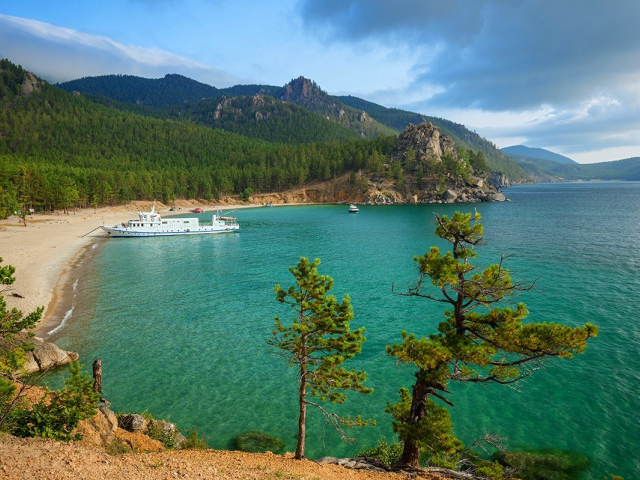
Baikal, Russia
Baikal, the deepest body of water on the planet, which contains 19% of the world's fresh water reserves, is in first place in the world ranking. It is curious that the maximum depth of Baikal reaches 1,637 m, while the depth of the second largest lakes in the world rarely exceeds even 600 m.Baikal is located in the Republic of Buryatia, on the border with the Irkutsk region, and is surrounded by 27 islands, the largest of which is Olkhon.
The waters of Baikal are always clean and quite cool, even in summer the water temperature does not exceed +8 degrees. Baikal is also unique in its fauna: almost half of the 2,600 species of animals that live on the territory of the lake are not found anywhere else. Scientists draw attention to the curious fact that the oldest lake on Earth shows no signs of aging. In addition, it has the potential to expand to the size of an ocean in the future. Baikal is included in the list of UNESCO World Heritage Sites.
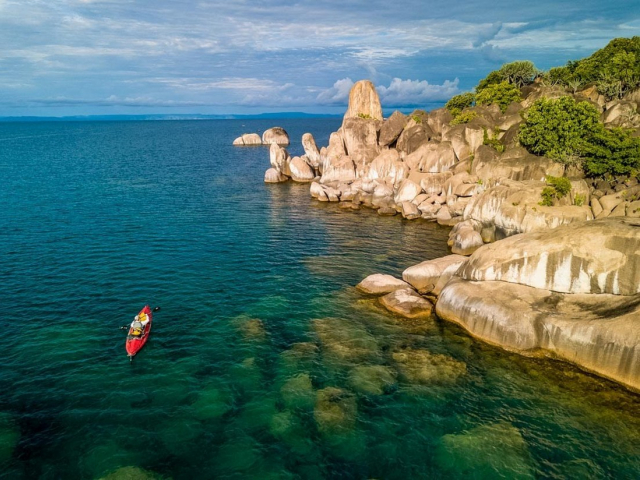
Tanganyika
Lake Tanganyika, located in Central Africa, ranks second among the deepest lakes in the world. The lake, with a length of hundreds of kilometers and a maximum depth of 1,470 meters, has a tectonic origin. This is a freshwater formation, on the surface of which the water always retains heat (the temperature varies from 22 to 29 degrees, depending on the season). Taganyka is distinguished by crystal clear water up to 30 meters deep, high salt content and diverse fauna. The waters of the lake are inhabited by cichlid fish, 98% of which species are found almost nowhere else, as well as 150 species of other fish, including commercial fish, which, along with tourism, largely ensures the well-being of local residents. The territory of the lake is also inhabited by invertebrates, crocodiles, hippopotamuses and many birds. It is also interesting that the lake is shared among four countries—Tanzania, the Democratic Republic of the Congo (DRC), Burundi, and Zambia.
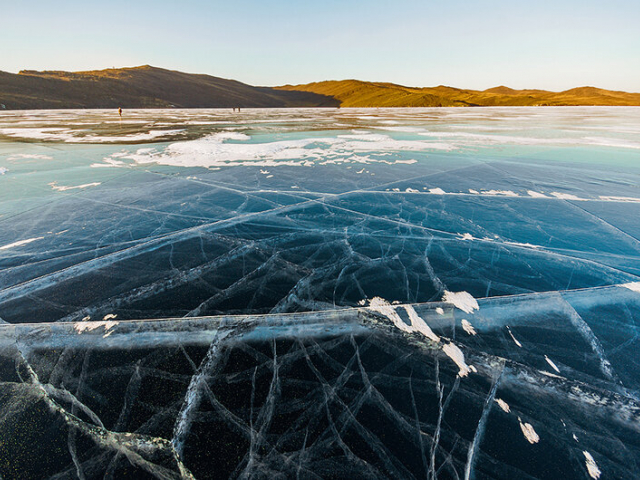
Vostok
The third place in the ranking is occupied by the Antarctic Lake Vostok, named in 1957 after the Vostok Station. The uniqueness of the lake is that it is covered with a 4 kilometer-thick sheet of ice. Measuring 250 km long by 50 km wide at its widest point, it covers an area of 12,500 km2 and reaches a depth of 1,200 m. The water temperature in the lake ranges from 2 to 10°C, while outside the temperature can drop to -80°C. Scientists explain this by the fact that geothermal heat from the Earth's interior may warm the bottom of the lake, while the ice sheet itself insulates the lake from cold temperatures on the surface. At the same time, such conditions allow the emergence of life. Thermophilic bacteria capable of surviving at a temperature of 60 °C were found in the water samples of this relict lake. They are viable without oxygen and sunlight, receiving energy from hydrogen sulfide.
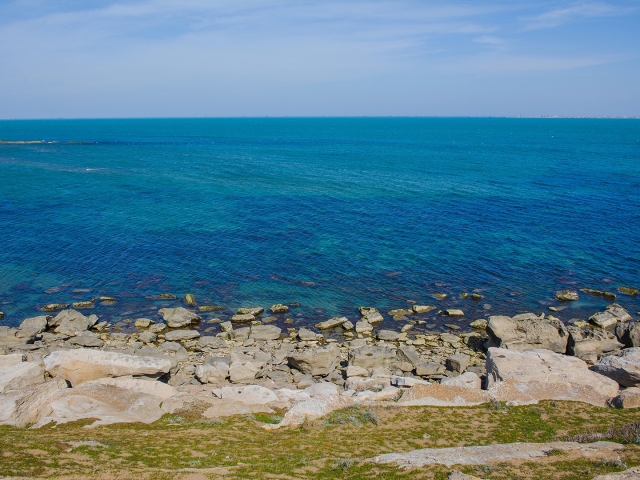
Caspian Sea
It may seem strange that the Caspian Sea is included in this rating, but despite its name, it has the status of a lake. Spread over an area of 371,000 square kilometers on the border of Europe and Asia, the lake goes 1,025 meters deep. Characteristic features of this sea lake are the absence of runoff and a high salt content, while it becomes less concentrated closer to river mouths. Depending on the season, the water temperature in the lake varies from 0 to 26 °C, and the water level is 15 meters. Like other lakes of this rating, the Caspian Sea has a diverse flora (730 species) and fauna (1,810 species). The Caspian Sea is home to such fish as sturgeon, mullet, sprat, salmon, vobla, etc. Another prominent representative of the local fauna is the Caspian seal. In addition, salt, oil, gas and limestone are mined on an industrial scale on the territory of the Caspian Sea. According to the convention on the legal status of the Caspian Sea, the coastline belongs to five countries at once: Kazakhstan, Iran, Turkmenistan, Russia and Azerbaijan.
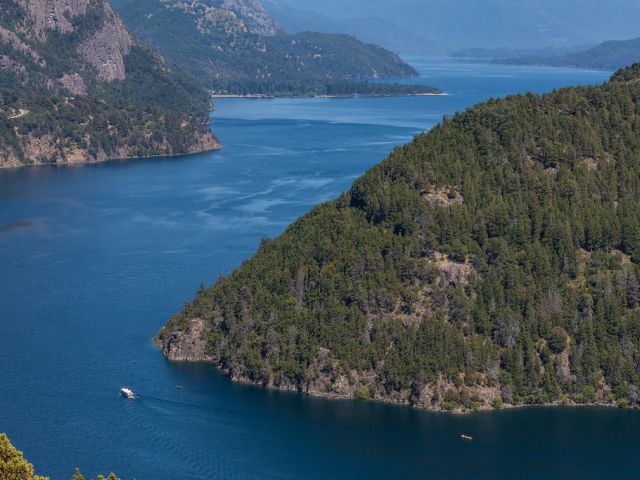
O'Higgins/San Martín Lake
The fifth place in the ranking is a lake located in Patagonia, on the borders of Chile and Argentina (South America). Part of the lake formation, which is adjacent to the territory of Chile, is called by the locals O'Higgins, and the other part, which belongs to Argentina, is named after the national hero San Martin. The maximum depth of the lake is 836 meters. The lake has fresh, clear blue water, the color of which is provided by minerals that enter the lake during the melting of mountain glaciers. The isolation of San Martin contributed to the formation of a unique fauna, which is represented by such animals as torrent duck, Andean fox, Huemul deer, Magellanic woodpecker, as well as fish species such as trout, perch and brown trout. There is also a national park on the territory of the lake, which is included in the UNESCO World Heritage List.

Nyasa
Lake Nyasa, which is also called the "Lake of Storms" for the frequency of storm winds and hurricanes, closes the top 6 deepest lakes on the planet. Nyasa, whose depth is 706 meters, is the southernmost lake in the East African Rift system, located between Malawi, Mozambique and Tanzania. The lake is distinguished by the diversity of fauna and the uniqueness of the species found there, the lion's share of which are cichlids. Crocodiles are also found here, and among the birds there are kingfishers, cormorants, whooper eagles, which feed on aquatic organisms. The fact that Nyasa is the last in the ranking does not detract from its picturesqueness and natural beauty. Thus, Lake Nyasa is a popular tourist destination, which, along with agriculture, ensures the well-being of the locals.
 English
English 
 Русский
Русский Bahasa Indonesia
Bahasa Indonesia Bahasa Malay
Bahasa Malay ไทย
ไทย Español
Español Deutsch
Deutsch Български
Български Français
Français Tiếng Việt
Tiếng Việt 中文
中文 বাংলা
বাংলা हिन्दी
हिन्दी Čeština
Čeština Українська
Українська Română
Română
